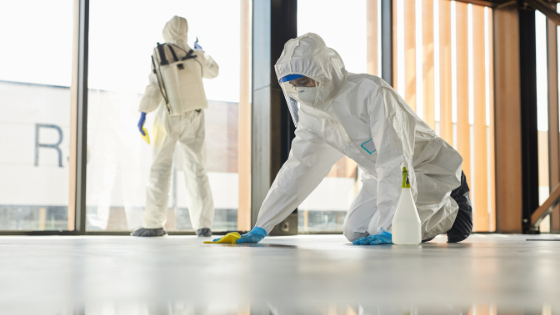
During the COVID-19 pandemic, the word “essential” described employees, public gatherings, services, and businesses that are still allowed and not restricted as it tries to reduce the spread of the coronavirus. Cleaners are also on the front lines of fighting this global pandemic. They are responsible for deep cleaning, disinfecting, and scrubbing the surfaces and areas that are hosts of potentially dangerous germs and viruses. Janitors, domestic workers, housekeeping and office cleaning crews don’t have the privilege of staying home and social distancing like others. At this time, their services are essential to maintain a clean and safe environment at their facilities and protect people from potential contamination – which are vital to critical infrastructure viability.
